“Wellbeing-centred leadership is the new non-negotiable of leadership – investing in your leaders is investing in your future. Your leaders set the tone and role model the behaviours essential for wellbeing.”
This is one of the central conclusions in Kamwell’s Leading for Wellbeing report, published last year. Unfortunately, as our recent article here shows, line managers appear to be increasingly struggling to support their teams’ wellbeing, according to research.
The reason, say experts, is systemic rather than down to the individual managers; they are often themselves struggling with a culture of overwork, poor job design, little time to think and feel out of their depth to support others, especially on tricky topics like mental health.
Addressing these systemic issues via senior management buy-in to wellbeing is fundamental.
However, there are also many practical steps that Health and Wellbeing professionals can take to support line managers, so they can support wellbeing better, as this feature explores.
Start with the data
In order for Health and Wellbeing to be genuinely respected, especially by senior management, professionals must be data-driven.
This means before you even think about line manager training, you need to make sure anything you choose to do is addressing business critical issues and needs. Therefore the best first step would be commissioning a wellbeing audit which considers all psychosocial considerations.
This is exactly what Kate Sarama did when she arrived in her job as Head of HR at Bowel Cancer UK two years ago; she hired Altruist Enterprises to do an external wellbeing audit which she funded out of her Wellbeing budget.
“This was really helpful because it set objectives and gave us benchmarks from the outset as well as a wellbeing delivery plan,” she says. “This is where it emerged that one thing we needed to do was training for line managers. The data showed that 90% of our staff post Covid work remotely and some of the younger employees in particular were struggling with feeling a bit isolated.”
An example of an objective which came out of the audit was to set up a wellbeing group, which has been one of the most effective actions yet taken. “It’s fully embedded and really active,” says Sarama.
Put measurement in place from the start
If you’ve done an initial audit, then you will be able to track progress and change following actions taken, and compare them over time.
“We did another audit this year, with Altruist again, which was really helpful as it gave us comparators from the year before. We were able to compare things like sick days and staff engagement,” says Sarama.
“If you look at what you get back in terms of productivity and engagement, you can see it’s so worth it. You get so much more back from individuals by treating them with a bit more compassion. Doing external audits means you can build on what you’re doing and have got facts to support you.”
Consider not even call it ‘wellbeing training’
It is not necessarily helpful to call this new-style leadership ‘wellbeing centred’ at all. Why? Because it is about a particular style of leadership that is empathetic and compassionate which, by its very presence, promotes wellbeing.
“I’d recommend not actually developing leaders in ‘wellbeing’,” says Katherine Billingham-Mohamed, Leadership and Engagement Director, Ipsos, urging readers to bear with her for the second part of her point:
“Leaders who are great at ‘walking the walk’ are also those who are compassionate and empathetic, who are brave and vulnerable, who create safe spaces and listen. So we should focus on developing leaders as humans, to connect and be their teams’ cheerleader, challenger and listener.”
In her experience, when you do this the impact on leaders can be “transformational”.
Billingham-Mohamed’s concern with using the term ‘wellbeing centred leadership’ is that this could lead to a focus on process, rather than the desired skill development. She recommends the leadership programme from social researcher Brene Brown called Dare to Lead, that many facilitators are now trained in.
“If you couple this programme with some great coaching to embed the behaviour change and some solid measurement to understand progress, then you could have a revolutionary leadership change in your organisation that positively impacts the culture of wellbeing more than anything else,” she says.
Similarly, the first module in Kamwell’s leadership for wellbeing is actually in line with what she is arguing for here – it covers topics like ‘humanising leadership’, ‘the art of positively influencing your team by sharing your authentic story’ and ‘building trust’.
Focus on practical tools and clear definitions
This is exactly how Affinity Health at Work has approached leadership training. One of its most popular, effective tools is the Management Competencies for Preventing and Reducing Stress. This framework is based on extensive research in collaboration with the Health and Safety Executive and the Chartered Institute for Personnel and Development.
Again, the ‘wellbeing’ word isn’t mentioned when outlining these four key competencies: being respectful and responsible; managing and communicating existing and future work; managing the individual within the team and managing difficult situations.
As Rachel Lewis, Managing Partner at Affinity Health at Work, says “often frameworks will say ‘managers need to be supportive’ but, to someone for whom that doesn’t come naturally, they might not know what supportive actually means. They need it to be spelt out. For example, ‘supportive means regularly having one to ones and face to face meetings with your team’ or even ‘talk to your team about what they did at the weekend’.”
Prepare managers for people management
One of the problems with the linear route to career progression is that many subject experts suddenly get promoted into roles where they are managing a team, but haven’t actually been trained for this.
Some companies are recognising the detrimental impact of this so are either exploring alternative career paths for individual contributors (see this feature here) or they are preparing people for this change better.
For instance, international legal practice Osborne Clarke is proactively developing its top talent’s skills earlier.
“Often in law firms you progress, hit partner and then that’s the first time you’ve ever faced managing people. This is a pressure you face alongside the many other expectations that come with being promoted to partner,” says Jo Forbes, Health, Safety & Wellbeing Strategy Manager, Osborne Clarke.
Similarly, Brewers has recently invested in a ‘developing managers of the future’ course to do this.
You might also like:












